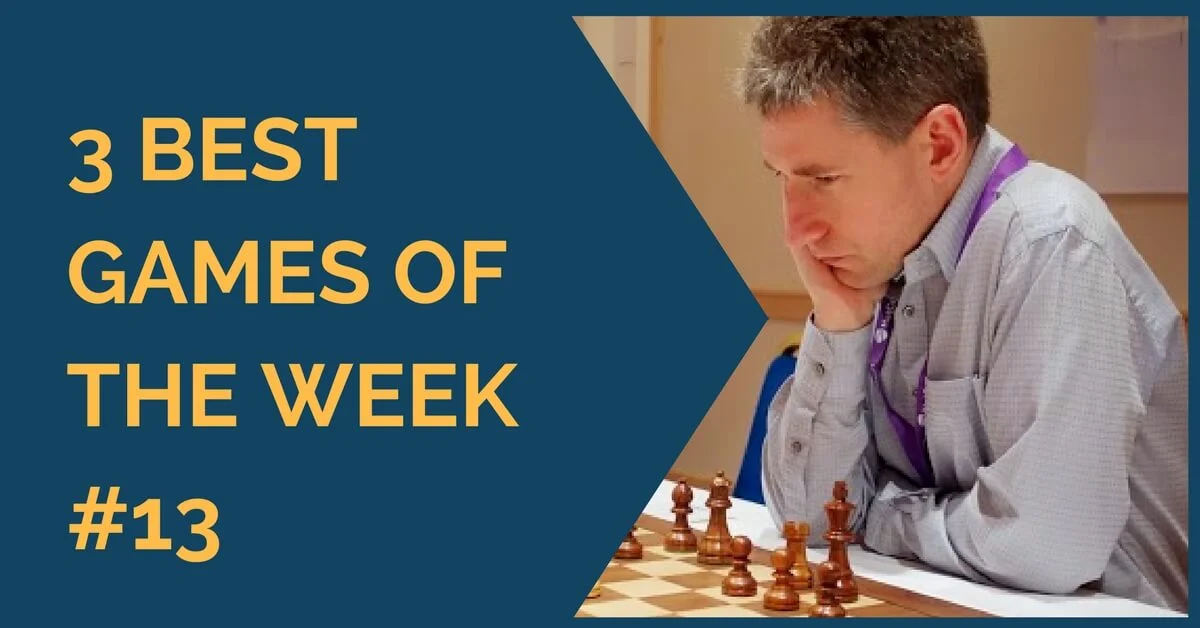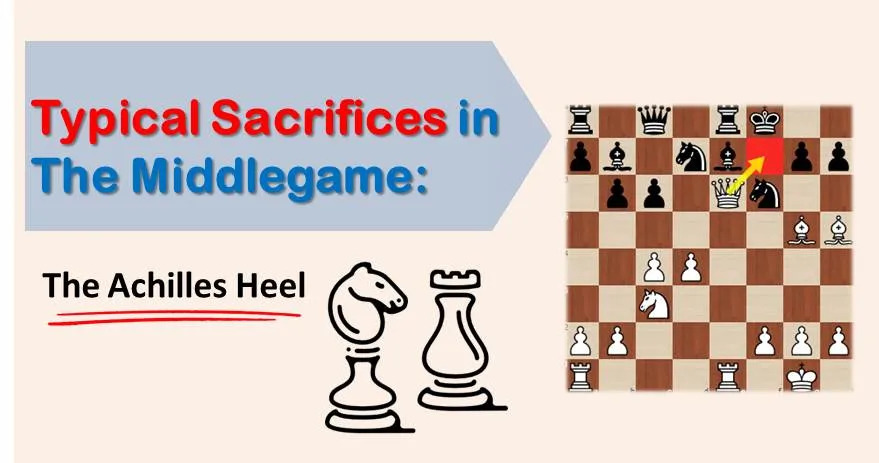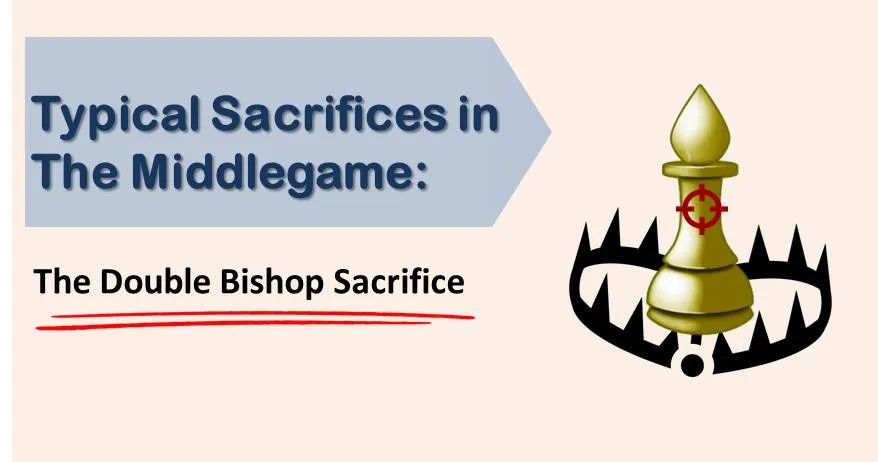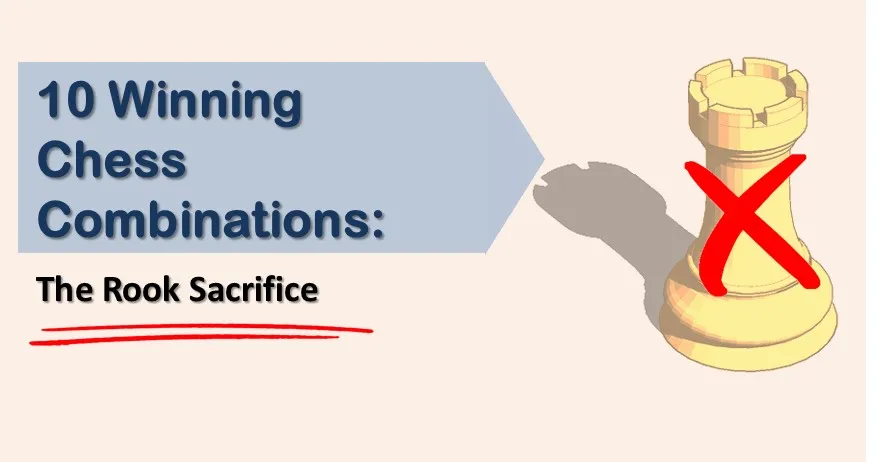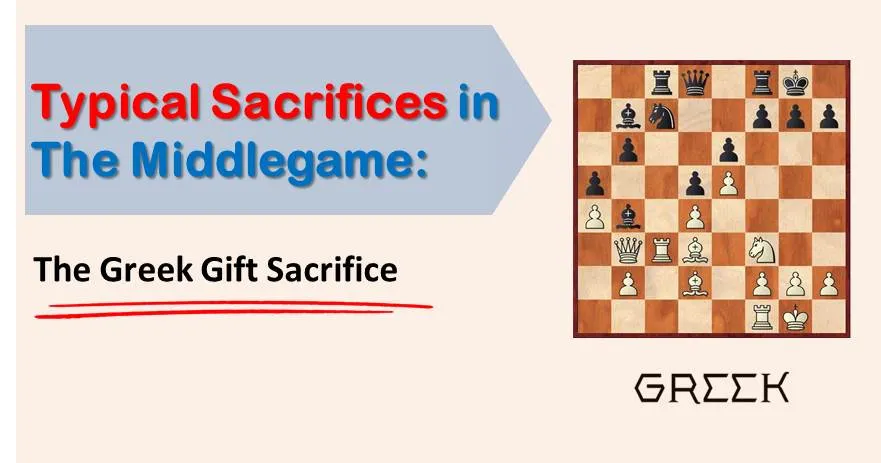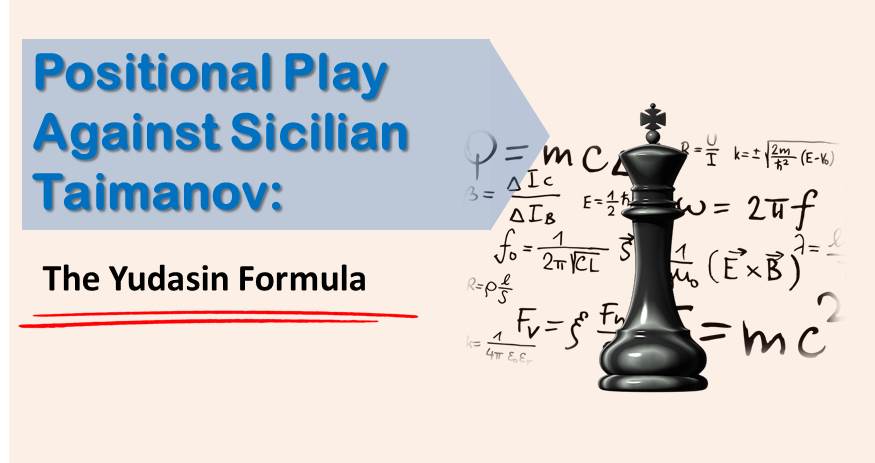Latest Posts - Page 98
Game 1:
Adams is a favorite of many chess fans around the world. An elite player whose style is very positional, and fun to observe. In the first round he beats the strong GM David Navara in a Najdorf Sicilian with the variation 6.g3!? A move that he used against Giri not so long ago and we analyzed on this web at that time. The game was a good positional battle that drifted into an opposite color bishops endgame with an extra pawn for Adams. Navara’s defense was not the best and couldn’t hold on.
In chess, the f7 (f2) square is well known as the “Achilles Heel” of the position. The name has been given from the fact that this is the weakest point in each player’s camp. If you take a look at every initial pawn square, you will notice that this one is the only one that’s protected once and the protecting piece is not even a strong one, but the king!
Continuing our series of typical sacrifices in the middlegame, we are going to present you in this article the double bishop sacrifice. It starts out as a classical bishop sacrifice on h7 (h2), but giving up the other bishop too on g7 (g2) can prove devastating for the king’s security.
In today’s article we will focus on one very important positional element of chess, the exchange sacrifice. The exchange sacrifice occurs when one side gives up its rook for the opponent’s minor piece. That can be done for various reasons. Some of the most common motifs for the exchange sacrifice are the destruction of king’s pawn structure, removing of the defender, or setting up a mating net.
Today we are going to discuss a theme that can occur relatively frequently during the games of any chess player. Commonly known as the classical bishop sacrifice, or the Greek gift sacrifice, it can turn out to be a lethal weapon. No matter how easy it might look, this tactical idea still needs a decent degree of accuracy.
Sicilian Taimanov is one of the toughest Sicilians to play against. In recent years, this line has become one of the main weapons for black against 1.e4. This rising popularity is given by the success obtained by top Grandmasters with it. Not only elite players like Vishy Anand, Topalov, and Ivanchuk employ it from time to time, but also many strong players ranked above 2600-2700.
Endgame combinations, and what’s more the greatest ones, are going to be talked about in today’s article. Those combinations are played by some of the finest chess players like Kasparov, Fischer, Alekhine, Karpov, Euwe, etc. These combinations are simply brilliant and if you understand the motifs and ideas you will be able to increase your general understanding of the endings and step up your own game.
Sharp Openings and 7 Reasons to Play them. Many chess players are unsure about what kind of openings they should play. These players prefer to stay on the safe side and to play “safe-looking”, quiet positions, which lead to similar continuations time after time. While staying in the comfort zone is good, if you want to improve your game, you must be able to step out of it.
Mariya Muzychuk, queen of women’s chess has graced the cover of this issue. She earned her crown recently when she won the world championship for women. All the games of the event find their place here, several with annotations. The tournament had its highs and lows with a few players lacking preparation.
Alapin variation (2.c3) is among the most popular lines against the Sicilian defense. This dynamic opening variation is played at every level, from club players to strong Grandmasters. Sveshnikov, Tiviakov, and Rozentalis are among the group we can consider experts on the Alapin, but it has also been played by World Champions like Anand, Kasparov, and Karpov.

